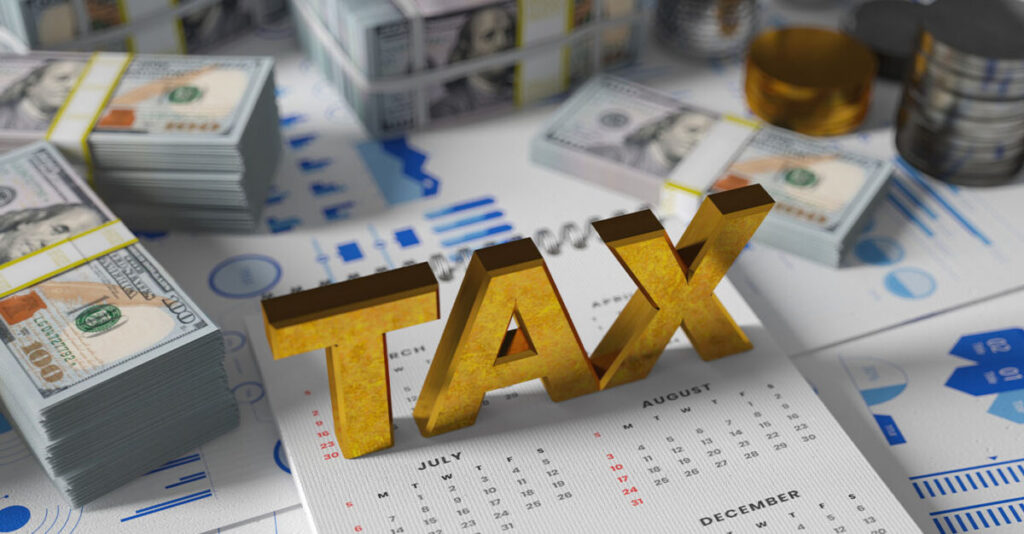By Stacy M. Brown
NNPA Senior National
Correspondent
The House-passed tax overhaul backed by President Donald Trump promises broad-based relief, but detailed Penn Wharton analysis shows the legislation disproportionately benefits high-income households while delivering modest gains—or losses—for working-class Americans in cities like Baltimore, New York, Los Angeles, Detroit, Chicago, Houston, and Washington, D.C.
Dubbed the “One Big Beautiful Bill,” the legislation makes permanent and expands the 2017 Trump tax cuts. It raises the cap on the state and local tax (SALT) deduction from $10,000 to $40,000, temporarily ends taxes on tips and overtime pay, and increases the child tax credit by $500 through 2028.
To offset the cost—estimated at $2.8 trillion over 10 years—the bill also slashes Medicaid and the Supplemental Nutrition Assistance Program (SNAP) by more than $1.2 trillion combined.

In every city studied, higher-income households walk away with five-figure gains while low-income families—many of them Black or Latino—lose more in benefit cuts than they gain in tax relief. For instance, a single mother earning $20,000 with two children in Baltimore’s 21216 ZIP code is projected to lose $870 annually under the plan.
Meanwhile, a married couple with two children earning $450,000 would gain nearly $20,000, benefiting from SALT deductions and expanded business income provisions. Meanwhile, New York’s wealthiest residents benefit greatly.
A high-earning household in Manhattan sees more than $19,000 in net savings. In contrast, families in the Bronx or East New York earning $50,000 or less see less than $1,100 in gains—many facing potential losses if they rely on federal assistance.
Low-income workers in South Los Angeles, earning $20,000 and relying on SNAP or Medicaid, face a net loss of $870 per year. The limited deductions for tips and overtime income offer some help but are capped and set to expire after 2028.
In Detroit’s ZIP code 48227, where public benefit reliance remains high, working-class families face limited gains. A married household earning $100,000 with children earns about $3,000, but any participation in Medicaid or SNAP would reduce or reverse that benefit. High earners again collect nearly $20,000 in relief.
In neighborhoods like Englewood or Austin, working-class residents see marginal benefits. A married couple with three children earning $100,000 would gain $3,090. Meanwhile, a single high-income earner downtown receives over $11,000 in tax breaks.
Without a state income tax, Texas families don’t benefit from the SALT expansion. Still, households earning $200,000 or more benefit from deductions aimed at higher incomes, including pass-through business income and estate tax changes.
A single mother at $20,000 sees the same $870 loss. In the nation’s capital, where high state taxes and federal benefit reliance intersect, the gaps are widely married household with three children earning $200,000 gains $9,925 under the bill. But in majority-Black neighborhoods like 20019 or 20020, lower-income residents lose more than they gain.
The Penn Wharton Budget Model concludes that the bill delivers more than two-thirds of its value to the highest earners.
“The top 10 percent of the income distribution receives about 70 percent of the total value of the legislation,” the analysis found. It also projects long-term losses for those least able to afford them.
“All future generations are worse off,” the Penn Wharton researchers wrote, citing the rise in federal debt and the weakening of core social support programs.




